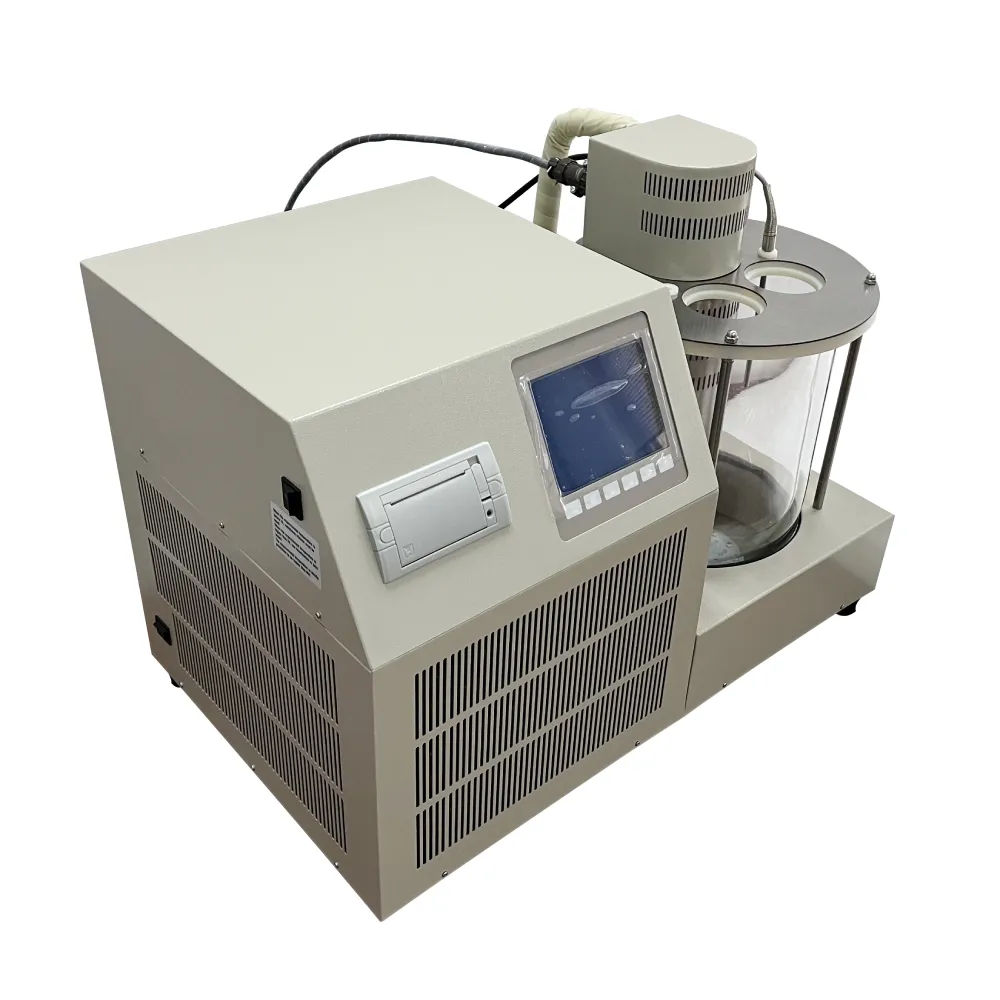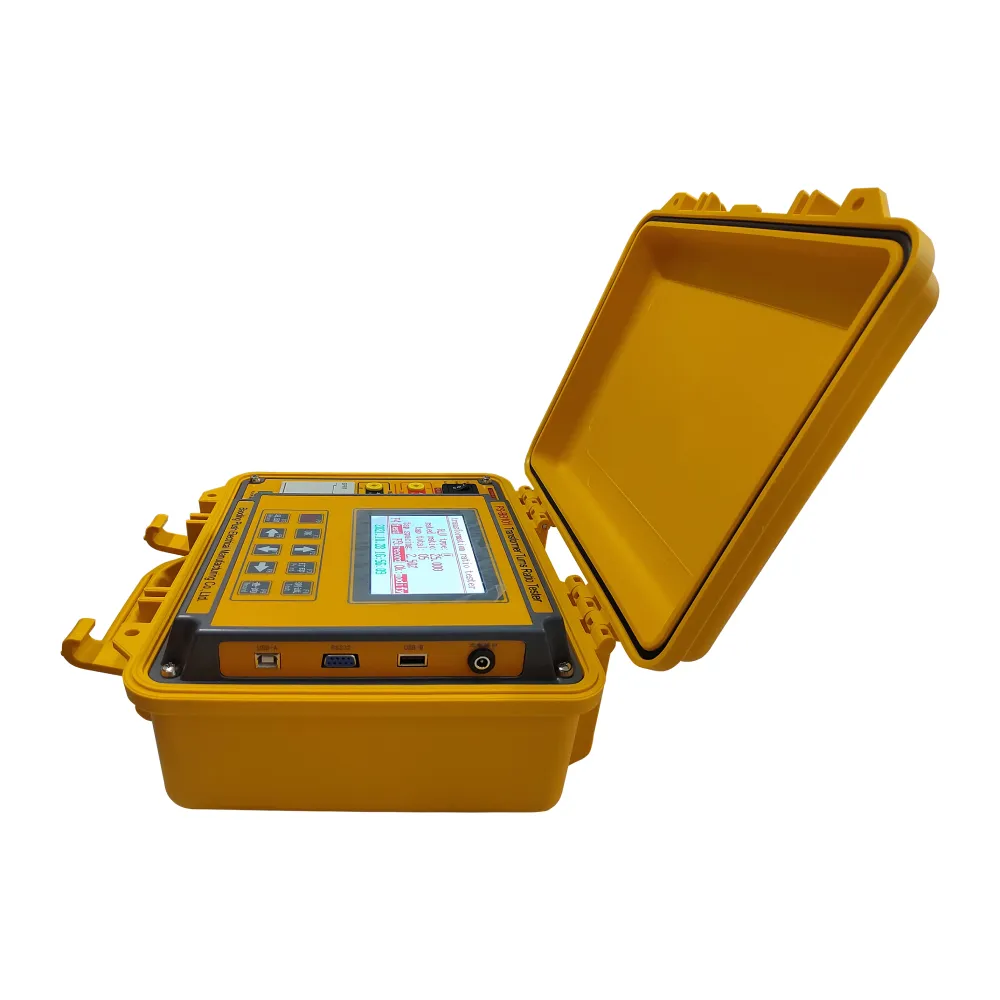TEL:
+86-0312-3189593
 English
English

Telephone:0312-3189593

Email:sales@oil-tester.com

-
 Afrikaans
Afrikaans -
 Albanian
Albanian -
 Amharic
Amharic -
 Arabic
Arabic -
 Armenian
Armenian -
 Azerbaijani
Azerbaijani -
 Basque
Basque -
 Belarusian
Belarusian -
 Bengali
Bengali -
 Bosnian
Bosnian -
 Bulgarian
Bulgarian -
 Catalan
Catalan -
 Cebuano
Cebuano -
 China
China -
 China (Taiwan)
China (Taiwan) -
 Corsican
Corsican -
 Croatian
Croatian -
 Czech
Czech -
 Danish
Danish -
 Dutch
Dutch -
 English
English -
 Esperanto
Esperanto -
 Estonian
Estonian -
 Finnish
Finnish -
 French
French -
 Frisian
Frisian -
 Galician
Galician -
 Georgian
Georgian -
 German
German -
 Greek
Greek -
 Gujarati
Gujarati -
 Haitian Creole
Haitian Creole -
 hausa
hausa -
 hawaiian
hawaiian -
 Hebrew
Hebrew -
 Hindi
Hindi -
 Miao
Miao -
 Hungarian
Hungarian -
 Icelandic
Icelandic -
 igbo
igbo -
 Indonesian
Indonesian -
 irish
irish -
 Italian
Italian -
 Japanese
Japanese -
 Javanese
Javanese -
 Kannada
Kannada -
 kazakh
kazakh -
 Khmer
Khmer -
 Rwandese
Rwandese -
 Korean
Korean -
 Kurdish
Kurdish -
 Kyrgyz
Kyrgyz -
 Lao
Lao -
 Latin
Latin -
 Latvian
Latvian -
 Lithuanian
Lithuanian -
 Luxembourgish
Luxembourgish -
 Macedonian
Macedonian -
 Malgashi
Malgashi -
 Malay
Malay -
 Malayalam
Malayalam -
 Maltese
Maltese -
 Maori
Maori -
 Marathi
Marathi -
 Mongolian
Mongolian -
 Myanmar
Myanmar -
 Nepali
Nepali -
 Norwegian
Norwegian -
 Norwegian
Norwegian -
 Occitan
Occitan -
 Pashto
Pashto -
 Persian
Persian -
 Polish
Polish -
 Portuguese
Portuguese -
 Punjabi
Punjabi -
 Romanian
Romanian -
 Russian
Russian -
 Samoan
Samoan -
 Scottish Gaelic
Scottish Gaelic -
 Serbian
Serbian -
 Sesotho
Sesotho -
 Shona
Shona -
 Sindhi
Sindhi -
 Sinhala
Sinhala -
 Slovak
Slovak -
 Slovenian
Slovenian -
 Somali
Somali -
 Spanish
Spanish -
 Sundanese
Sundanese -
 Swahili
Swahili -
 Swedish
Swedish -
 Tagalog
Tagalog -
 Tajik
Tajik -
 Tamil
Tamil -
 Tatar
Tatar -
 Telugu
Telugu -
 Thai
Thai -
 Turkish
Turkish -
 Turkmen
Turkmen -
 Ukrainian
Ukrainian -
 Urdu
Urdu -
 Uighur
Uighur -
 Uzbek
Uzbek -
 Vietnamese
Vietnamese -
 Welsh
Welsh -
 Bantu
Bantu -
 Yiddish
Yiddish -
 Yoruba
Yoruba -
 Zulu
Zulu
feb . 14, 2025 23:28
Back to list
transformer oil testing experiment
Transformer oil testing is a critical process in maintaining the efficiency and longevity of transformers in power systems. The significance of these tests stems from the essential role transformer oil plays in insulating and cooling transformers, acting as both a dielectric and a cooling agent. For effective and accurate results, it is vital to follow structured testing methods that not only ensure the safe operation of transformers but also enhance the lifespan of the equipment.
Perhaps the most informative test is the Dissolved Gas Analysis (DGA). This test detects gases produced through oil breakdown, with specific gases signifying particular types of faults. For instance, high levels of hydrogen suggest arcing, while elevated methane indicates thermal fault conditions. By conducting regular DGAs, transformer operators can identify and rectify potential failures well before they become serious problems. Implementing a progressive testing regimen is not only a technical necessity but also a strategic advantage that enhances asset management. Scheduled testing minimizes the risk of unexpected shutdowns and extends the service life of transformers, translating to significant operational cost savings. The expertise required in conducting these tests demands a thorough understanding of electrical engineering principles and hands-on experience with sophisticated testing equipment. Professionals in this field exhibit authoritativeness through strict adherence to industry standards such as ASTM and IEC guidelines, ensuring each test’s precision and reliability. Trustworthiness in transformer oil testing comes from hiring skilled technicians with a proven track record. These experts perform tests diligently, ensuring that all potential faults are detected early, thus maintaining the safety and efficiency of power systems. By collaborating with certified laboratories, companies demonstrate a commitment to quality, reinforcing confidence in their operational capabilities. Ultimately, transformer oil testing is not merely a regulatory compliance measure but a proactive step towards optimizing transformer function and safeguarding vital electrical infrastructure. Through an integrated approach combining expert knowledge, advanced technology, and adherence to strict standards, organizations can effectively manage their assets, delivering consistent and reliable energy solutions.


Perhaps the most informative test is the Dissolved Gas Analysis (DGA). This test detects gases produced through oil breakdown, with specific gases signifying particular types of faults. For instance, high levels of hydrogen suggest arcing, while elevated methane indicates thermal fault conditions. By conducting regular DGAs, transformer operators can identify and rectify potential failures well before they become serious problems. Implementing a progressive testing regimen is not only a technical necessity but also a strategic advantage that enhances asset management. Scheduled testing minimizes the risk of unexpected shutdowns and extends the service life of transformers, translating to significant operational cost savings. The expertise required in conducting these tests demands a thorough understanding of electrical engineering principles and hands-on experience with sophisticated testing equipment. Professionals in this field exhibit authoritativeness through strict adherence to industry standards such as ASTM and IEC guidelines, ensuring each test’s precision and reliability. Trustworthiness in transformer oil testing comes from hiring skilled technicians with a proven track record. These experts perform tests diligently, ensuring that all potential faults are detected early, thus maintaining the safety and efficiency of power systems. By collaborating with certified laboratories, companies demonstrate a commitment to quality, reinforcing confidence in their operational capabilities. Ultimately, transformer oil testing is not merely a regulatory compliance measure but a proactive step towards optimizing transformer function and safeguarding vital electrical infrastructure. Through an integrated approach combining expert knowledge, advanced technology, and adherence to strict standards, organizations can effectively manage their assets, delivering consistent and reliable energy solutions.
Previous:
Latest news
-
Using Distillation Range Testers in the Food and Beverage IndustryNewsApr.16,2025
-
The Impact of IoT on Distillation Range Tester PerformanceNewsApr.16,2025
-
The Best Distillation Range Testers for Extreme ConditionsNewsApr.16,2025
-
How Distillation Range Testers Save Time and MoneyNewsApr.16,2025
-
Distillation Devices for Advanced Separation TechniquesNewsApr.16,2025
-
Common Mistakes to Avoid When Using a Distillation Range TesterNewsApr.16,2025



